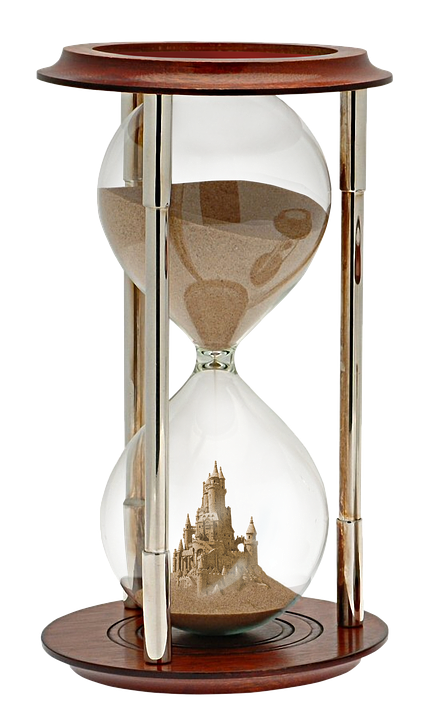Consider this scene:
“Another final notice.” She glared at her husband, slapped the paper bill with the back of her hand.
“I get paid tomorrow.”
“That’s too late! They’re turning off the electricity at 5:00.”
“What do you want from me?” His face heated as frustration grew. Didn’t she know he was doing the best he could? He glanced at his wife then at his two children sitting at the kitchen table, heads ducked, pretending to do their homework.
He had soooo failed his family. That bottle—still haunting him.
He jerked open the back door. “I need a meeting.”

A “meeting” has become a well-known term for attending a gathering with fellow alcoholics. This organization, Alcoholics Anonymous (“AA”), has become a saving grace for burdened people who want to engage with those who share a common goal of conquering their addictions. The promise of anonymity and promotion of accountability gives hope for victory to those beset with this crisis.
The prevalence of this problem invites the world of socially aware writers to weave the issue throughout the pages of their work. A poignant motivating question might be, “What if a fictional character who ‘needs a meeting’ might influence a ‘flesh and blood’ reader to say the same?”
So, how might “a meeting” be utilized by fictional writers?
A character-driven story focusing on alcoholism might be a place to begin. The growth, regression, or stagnation of affected characters, addicted or not, can be demonstrated as they interface with each other. Building tension that explodes in a dynamic scene or unexpectedly eases in emotional relief can depict the challenges wrought by alcoholism. In keeping with real life, the end of the story may be joyful or heart-breaking.
How deep or detailed writers may wish to go would likely depend on the information available as to time and place of the story. For contemporary writers, the AA organization has matured, and meetings are widely available in the United States and throughout the world. Just pick a modern-day setting and the story would easily unfold. Certain phrases associated with AA—”One day at a time”, “24 hours”, “higher power”—have become well known, even among folks not affected by addiction. Scattered throughout a story, they would surely help bring it to life.

But what if the story is historical? Perhaps this snapshot of AA’s history will help one evaluate how a character’s struggle with addiction might be incorporated in a piece.
- Founded by Bill Wilson and Robert Smith in 1935.
- First meeting on June 10, 1935, in Akron, Ohio. Three to four people participated.
- Fall 1935, Wilson began a group in Brooklyn, New York.
- News of AA initially spread by word of mouth.
- 1938: a fundraiser, along with publication of articles in several periodicals, increased public awareness.
- May 1939, “Alcoholics Anonymous” published in book form.
- 1941: experienced impressive growth spurt, from 2000 to 8000 members.
- Between 1941 and 1949 groups had formed in many cities across the United States and spread internationally.
- 1941: adopted Serenity Prayer
- 1941: First all-women’s group, Cleveland, Ohio.
- 1942: found its way to prisons.
- June 1944, first issue of AA magazine Grapevine.
- 1952: Al-Anon, a family support group, launched.
- 1954: 130,000 members, in approximately 6,000 groups on five continents.
- 1957: Alateen, a spin-off of Al-Anon.
- Today, estimates over two million members.
If one’s story is set prior to 1935, an AA meeting would not have been available, but clergy, physicians, charitable societies, and state hospitals addressed the problem. Researching key phrases like “barbiturate and belladonna” or “purge and puke” should open a door of help.
Depending upon the plot and depth of character portrayal, further research might be required. The Internet can serve up an overflowing plate. The AA website abounds with information and includes a terrific timeline that would assist both contemporary and historical researchers.
Clearly the problem of alcoholism is both widespread and enduring—a compelling incentive for writers to weave the admission, “I need a meeting”, into their stories.

Jeannine Brummett lives in South Carolina with her husband of nineteen years, Don, who shares his three adult sons and three grandchildren with her. Reading is big on her list of things to do, but she also thrives on TV crime dramas, NBA basketball, and marvels at the critters and fowl life that live at the pond behind their house. She loves to sing praise songs, attend Bible Study, and help at a local food pantry.




 We love helping your growing in your writing career.
We love helping your growing in your writing career.

No Comments